Fifty people attended the planting day. Stage Two of the microforest has now been planted, bringing the plant total of stages one and two to just under 1000 plants. All of these plants are found naturally growing in Hancock St Park. Plants were grown for us by Crows Nest Community Nursery, and we also obtained some from Paten Park Nursery.
Ongoing care for about two years is required to keep the plants alive. After this time, the forest should be self-sustaining. Requirements are simple: watering and weeding, and the mulch may need topping up. If you would like to participate on either an occasional or regular basis, please contact the Secretary: secretaryfep@gmail.com. It is a pleasant and rewarding task to weed and look after the plants in this lovely location.
The philosophy of creating a microforest is to reestablish a plant community that was originally growing in a location, but which has been cleared. This provides habitat for wildlife and reintroduces biodiversity. The Hancock St Park microforest is extending the endangered ecosystem of Hancock St Park. Note: The Hancock St Park ecosystem is classified as 12.5.6. It is a mid dense open forest usually found on deep red soils at higher altitudes. It provides a suitable koala habitat. It is estimated that preclearing 36,000 hectares of this ecosystem was found in Queensland, whereas in 2019 we had 8000 hectares remaining. This is a loss of 78%.
Carbon storage and temperature modification (cooling) are also important outcomes of this process. There is a specific method which is used in microforest creation, and this is based on the research and practical work of the founder of this approach, Akira Miyawaki. His approach has been adopted throughout the world. Note: https://www.gdrc.org/u-gov/rewild/rewild-08.html
Microforests can also be created in home gardens and we can draw from this approach to create wildlife gardens by selecting a range of garden plants which are local to our area to provide habitat for wildlife.
Stage Three planting will take place in Autumn 2024.
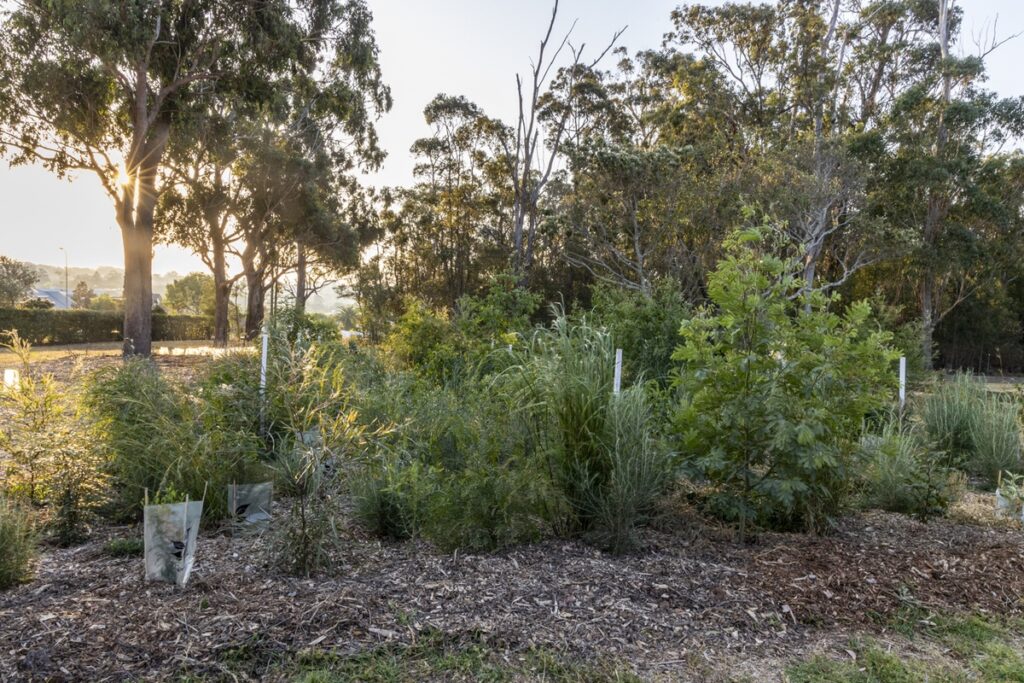
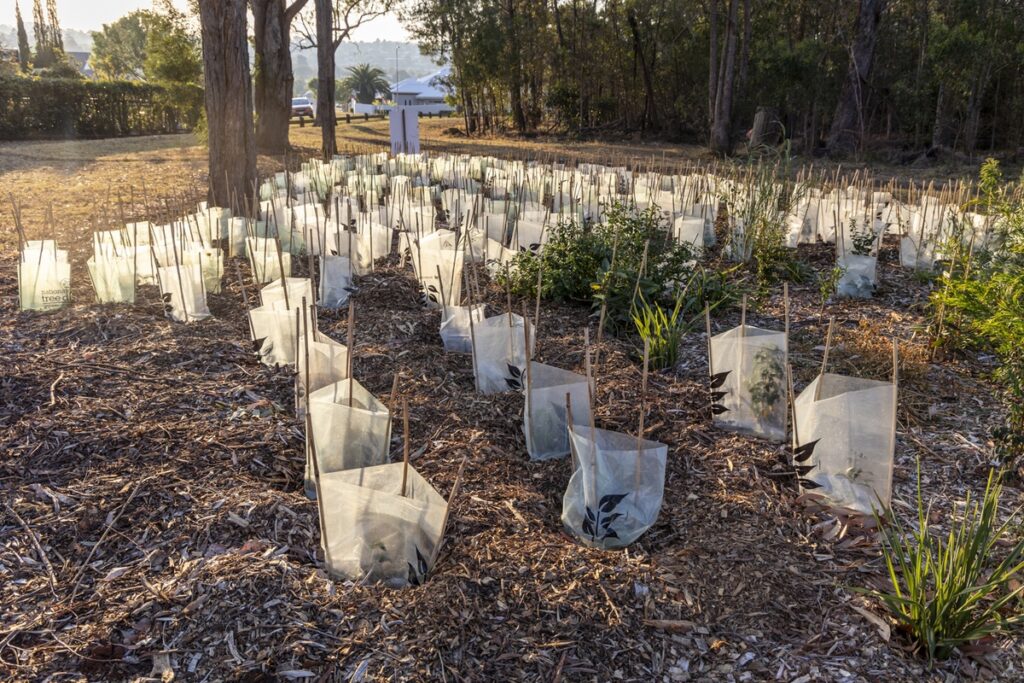
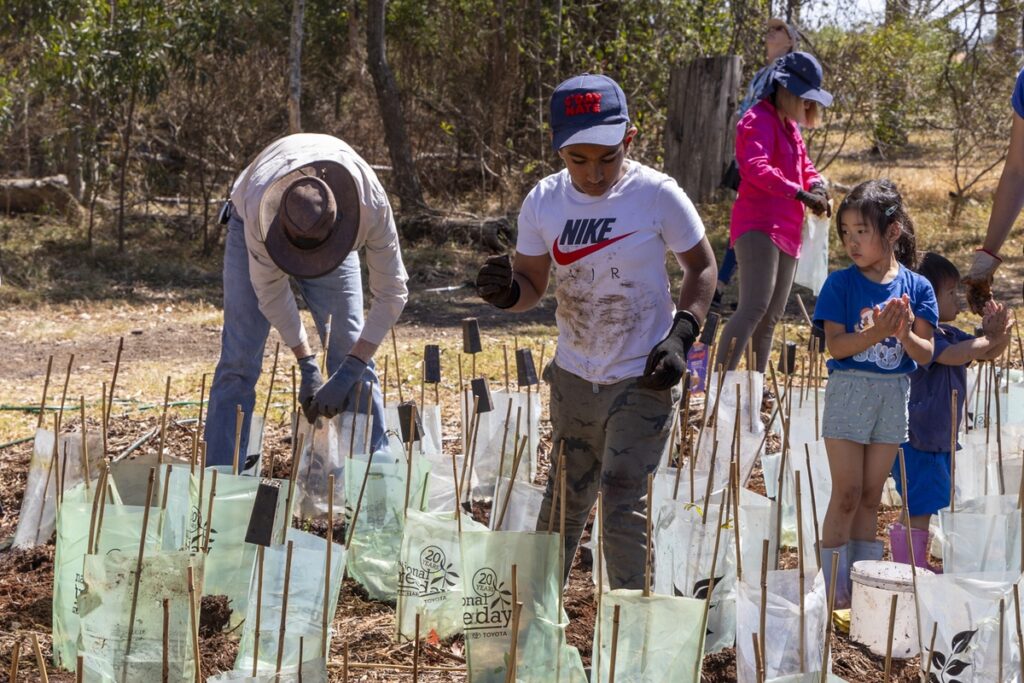
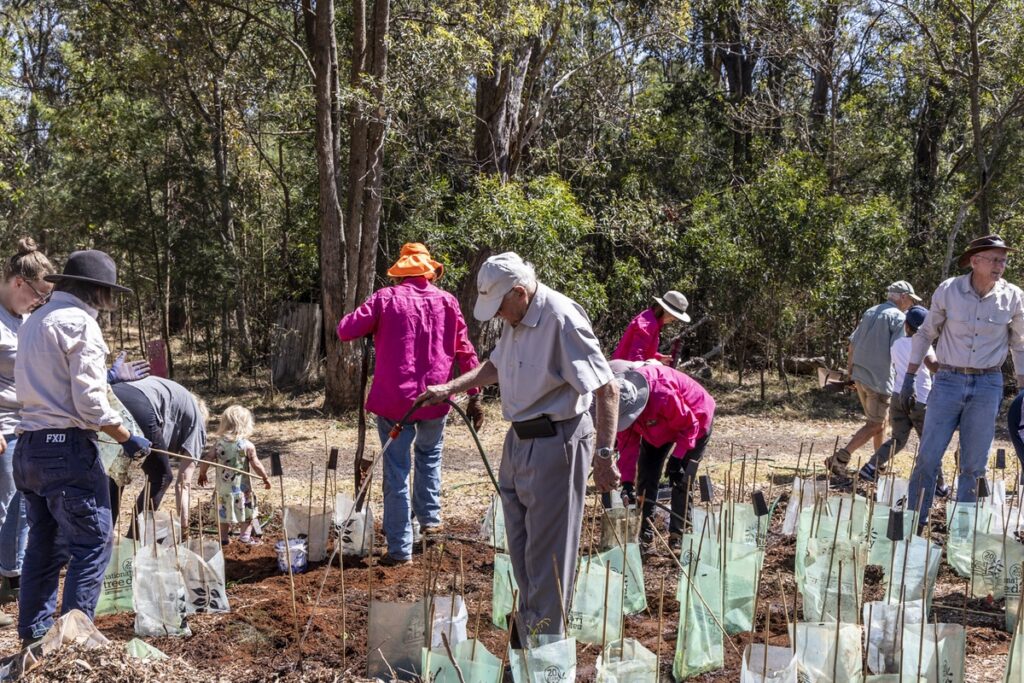
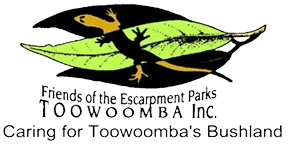

Comments